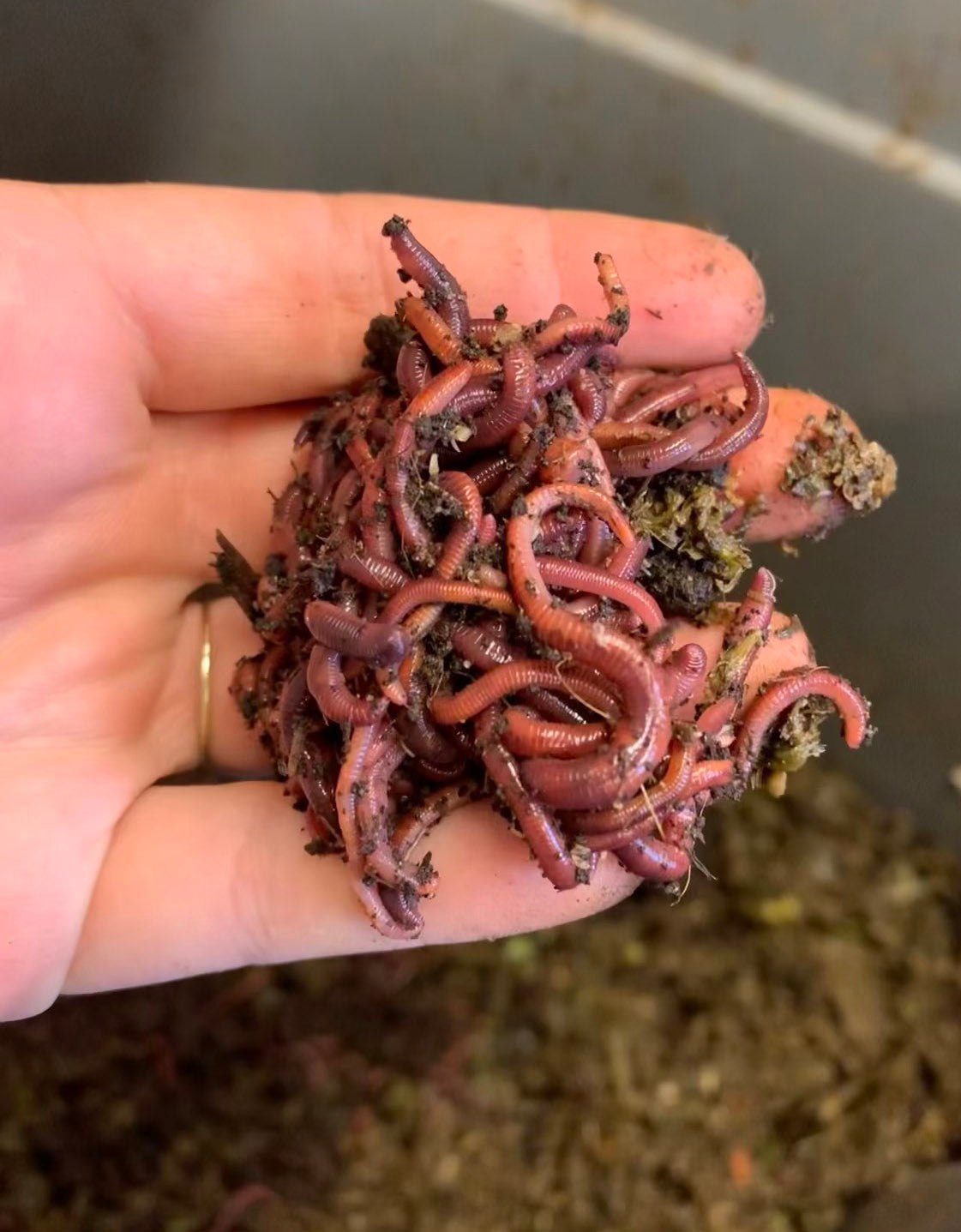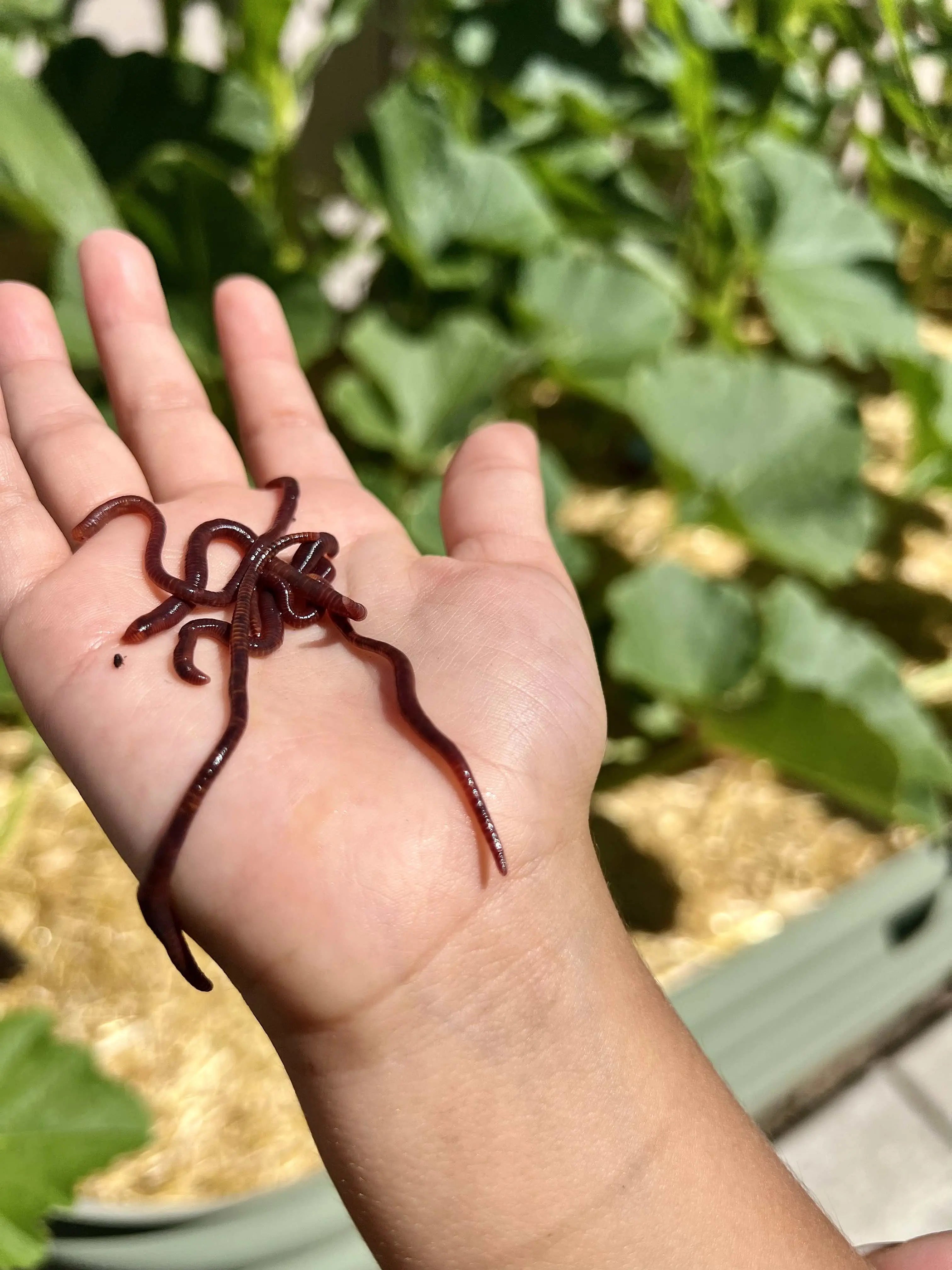The Secret to Lush Lawns Starts with Red Wiggler Express Lawn Care Services
Wiki Article
Unlock the Keys of Red Wigglers: Your Guide to Composting Success
The integration of red wigglers into composting practices presents a significant opportunity for enhancing soil health and wellness and advertising sustainability. These organisms are not just efficient recyclers of natural waste; they supply a myriad of benefits that can transform garden administration. Comprehending their requirements and habits is vital for maximizing their capacity, from setting up a suitable worm bin to feeding them the best materials. As we discover the crucial parts of effective vermicomposting, one could question exactly how these little creatures can bring about a much more dynamic and efficient yard ecosystem.
What Are Red Wigglers?
(Red Wiggler Express)Red wigglers, scientifically referred to as Eisenia fetida, are a types of earthworm mainly made use of in composting because of their remarkable capacity to break down raw material efficiently. These worms are identified by their reddish-brown coloration and a fractional body, usually gauging between 3 to 4 inches in size. Unlike other earthworm varieties, red wigglers thrive in abundant, organic atmospheres, making them ideal for vermicomposting systems.Belonging To North America, they are commonly found in decomposing leaves and compost heap, where they play an important duty in nutrient recycling. Their adaptation to residing in a wet, aerobic setting allows them to consume big amounts of organic waste, simplifying right into nutrient-rich spreadings that enhance soil wellness.
Red wigglers replicate swiftly, with a solitary worm qualified of generating numerous cocoons each week, each having numerous hatchlings. Understanding the biology and behavior of red wigglers is important for maximizing their potential in composting applications.
Benefits of Using Red Wigglers
Utilizing the power of red wigglers in composting provides numerous advantages that improve dirt wellness and advertise sustainable waste management. These remarkable organisms effectively break down natural matter, transforming kitchen area scraps and yard waste right into nutrient-rich vermicompost. This completed item is remarkably valuable for plant development, as it enhances soil structure, boosts moisture retention, and enhances nutrient schedule.
(Red Wiggler Express)Furthermore, the presence of red wigglers in your composting system can increase the composting process, generating top notch compost in a portion of the time contrasted to standard methods. The spreadings produced by these worms are additionally including advantageous microorganisms that even more enhance the soil ecosystem.
Establishing Your Worm Bin
Producing an effective worm container is an uncomplicated process that can substantially boost your composting efforts. Worm bins can be made from plastic storage space containers, wooden boxes, or commercially offered worm containers.Following, prepare the bedding material, which functions as the worms' environment. A mix of shredded newspaper, cardboard, and coconut coir works well, supplying Our site a comfy setting for the worms. Aim for a bed linen deepness of regarding 4-6 inches. Dampen the bed linens lightly, ensuring it looks like a moist sponge without excess water merging at the base.

Feeding Your Red Wigglers
To ensure the health and productivity of your red wigglers, it is important to provide them with a balanced diet plan that fulfills their dietary needs. Red wigglers prosper on a diverse selection of organic products, which not only provide required nutrients but additionally promote reliable composting.Begin by incorporating kitchen area scraps such as vegetable peels, fruit cores, and coffee premises. Avoid citrus fruits, onions, and garlic, as these can be destructive to worm health and wellness. In addition, introduce shredded paper, cardboard, and completely dry leaves to produce a well-aerated environment.
Feeding frequency need to be kept track of; usually, worms can consume half their body weight in food weekly. It is critical to avoid overfeeding, as excess food can lead to unpleasant smells and draw in parasites. A good method is to include food in small amounts, permitting worms to refine it before presenting more.
Preserving dampness degrees is also crucial; the bed linens should perspire however not soaked. Lastly, make sure to routinely inspect the temperature level and pH degrees of the bin to guarantee an optimal atmosphere for your red wigglers, eventually boosting their composting effectiveness.
Harvesting and Using Compost
A successful composting process with red wigglers finishes in the abundant, dark compost known as vermicompost, which can significantly enhance dirt wellness and plant development. Gathering this nutrient-dense material generally occurs every 3 to six months, depending on the dimension of your system and the quantity of organic matter being processed.
To harvest, delicately separate the compost from the worms and any kind of undecomposed materials. One reliable technique involves relocating the components of the container to one side and adding fresh bed linen and food to the void, encouraging the worms to migrate. After a couple of days, the garden compost can be collected from the contrary side.
It is vital to use vermicompost appropriately to optimize its benefits. By integrating vermicompost right into your horticulture regimen, you not only recycle natural waste but also create a thriving community that sustains sustainable gardening practices.
Final Thought
In recap, red wigglers offer as remarkable allies in composting efforts, transforming organic waste into nutrient-rich vermicompost. By understanding the optimum problems for their environment, feeding needs, and garden compost harvesting methods, gardeners can boost dirt wellness and advertise plant vigor.Report this wiki page